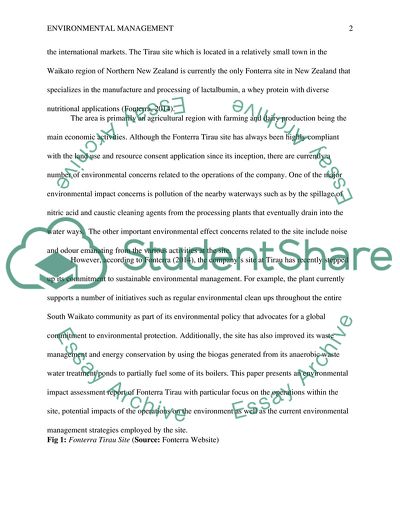Cite this document
(Fonterra Tirau Environmental Impact Assignment Example | Topics and Well Written Essays - 2250 words, n.d.)
Fonterra Tirau Environmental Impact Assignment Example | Topics and Well Written Essays - 2250 words. https://studentshare.org/environmental-studies/1817612-fonterra-tirau
Fonterra Tirau Environmental Impact Assignment Example | Topics and Well Written Essays - 2250 words. https://studentshare.org/environmental-studies/1817612-fonterra-tirau
(Fonterra Tirau Environmental Impact Assignment Example | Topics and Well Written Essays - 2250 Words)
Fonterra Tirau Environmental Impact Assignment Example | Topics and Well Written Essays - 2250 Words. https://studentshare.org/environmental-studies/1817612-fonterra-tirau.
Fonterra Tirau Environmental Impact Assignment Example | Topics and Well Written Essays - 2250 Words. https://studentshare.org/environmental-studies/1817612-fonterra-tirau.
“Fonterra Tirau Environmental Impact Assignment Example | Topics and Well Written Essays - 2250 Words”. https://studentshare.org/environmental-studies/1817612-fonterra-tirau.


